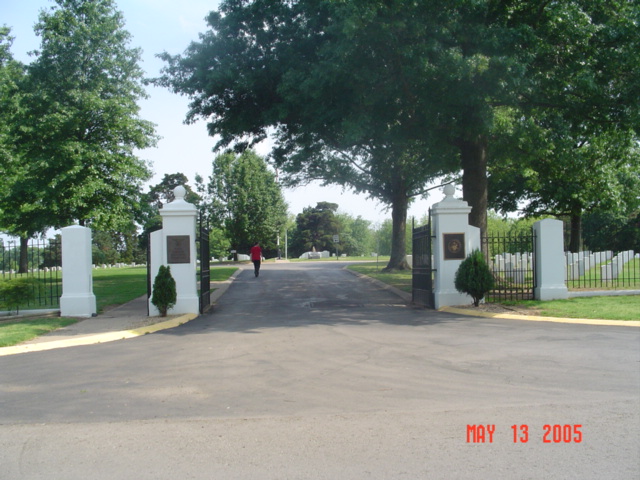
This is the closest National Cemetery for McIntosh county veterans and where many of them are buried.

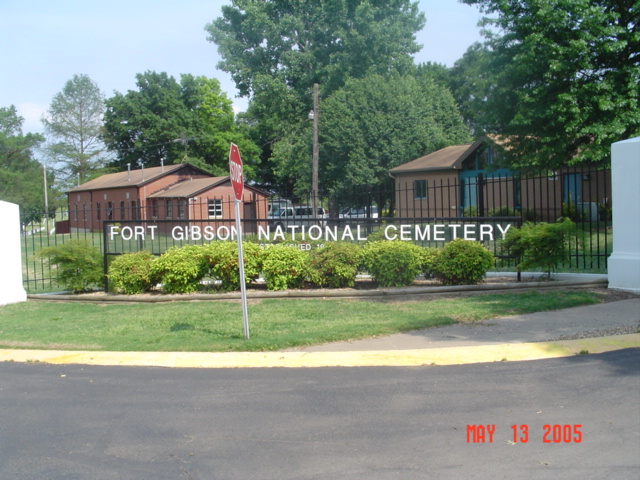
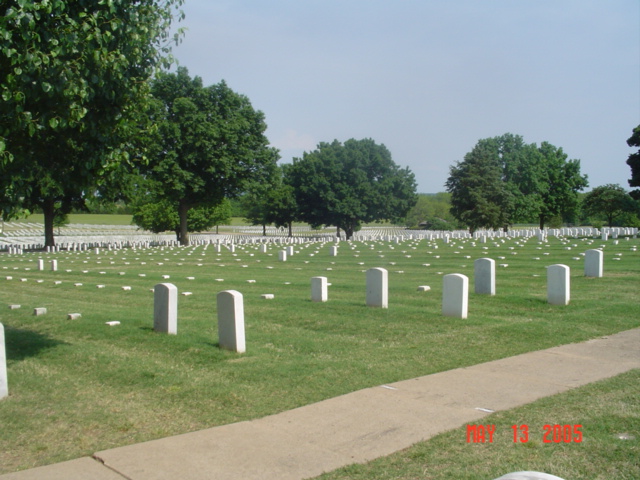

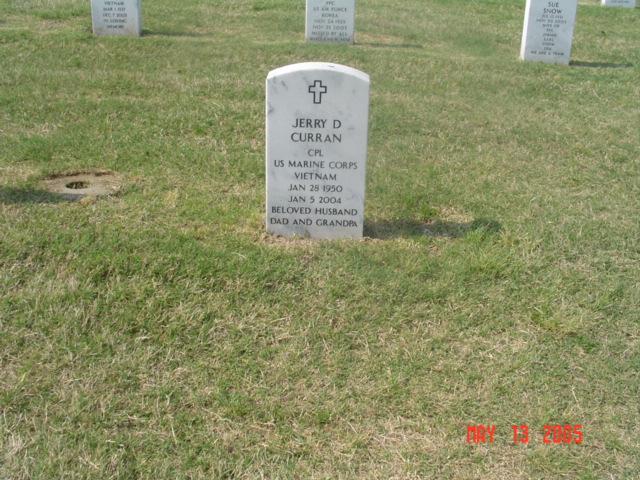
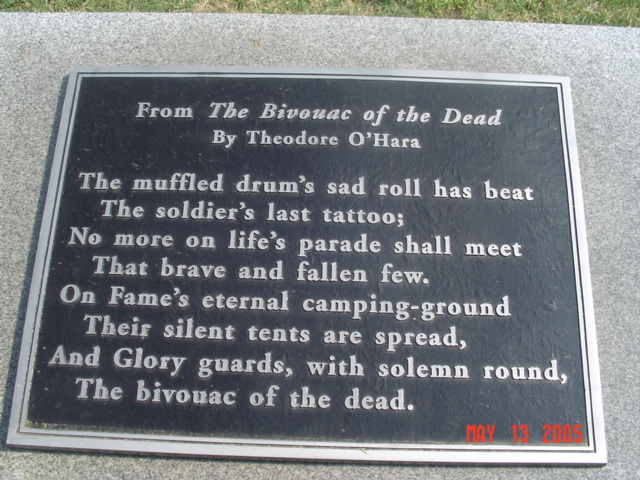
Fort Gibson
National Cemetery
1423 Cemetery Road
Fort Gibson, OK 74434
Phone: (918) 478-2334 or 9825
FAX: (918) 478- 2661
Cemetery is located 1 ¼ miles Northeast of the Town of Fort Gibson. From the Tulsa Municipal Airport, take Broken Arrow Expressway (Hwy. 51) East. It becomes the Muskogee Turnpike a few miles South of Tulsa. From the Muskogee Turnpike take exit Tahlequah/Ft. Gibson (Hwy. 62 East). Do not turn at the Town of Fort Gibson signs; turn left (North) on Wiley Rd. Go to the second stop sign and turn right on Cemetery Rd. You will see the cemetery ¼ mile on the right.
HISTORICAL INFORMATION
Fort Gibson National Cemetery is located in Muskogee County, one mile northeast of Fort Gibson, Okla. It is situated on land that was once part of the military reservation and is within the limits of the Cherokee Nation. Records indicate the area was probably called Ketona prior to 1824.
In mid-April 1824, Colonel Matthew Arbuckle was ordered to descend the Arkansas River and locate a site suitable for a military post. About three miles from the mouth of the Neosho River, Arbuckle found the ideal site, and construction of Cantonment Gibson began soon afterward. The post was one of several established along the “permanent Indian frontier” that ran from Minnesota to Louisiana. Prior to 1824, the government had forcibly removed eastern tribes of Native Americans to the west beyond the line of white settlement where they were assigned land that had been part of the Osage nation. For the Cherokees, Creek and Seminole, Fort Gibson was the end of the infamous Trail of Tears. The primary purpose of Fort Gibson was, in fact, to keep peace among the tribal nations while protecting immigrants and traders.
Prior to 1824, Fort Smith, Ark., had been the westernmost U.S. military post. In May 1824, the western boundary line of Arkansas Territory was changed and the War Department felt it was expedient to move the military garrison at Fort Smith farther west to Fort Gibson. On Feb. 14, 1833, a treaty was signed with multiple tribes to permit the Army’s use of land near the fort. Later, the Cherokee made a determined effort to have the garrison removed, claiming the facility had fulfilled its purpose. They eventually prevailed, and on June 8, 1857, Fort Gibson was abandoned.
Early in 1863, Brigadier General James G. Blunt re-established the post and its name was changed to Fort Blunt, only to be changed back to Gibson within the year. From 1863 to 1890, it was garrisoned by many small detachments of troops. In 1891, the War Department turned Fort Gibson over to the Department of the Interior. Although active for only about 60 years, it has been a key post in American military history. Among the many officers stationed at Fort Gibson were Lieutenant Jefferson Davis, General Zachary Taylor and Nathan Boone (son of frontiersman Daniel Boone).
Due to the great tolls exacted by yellow fever, three successive post cemeteries were established at Fort Gibson. Original interments in what is now the national cemetery were mostly the remains of soldiers removed from the abandoned post cemeteries. Other interments are the Union troops who died on the battlefields of the Southwest. In 1868, a plot of seven acres east of Fort Gibson was officially converted into a national cemetery. The soldiers stationed at the fort had previously used the ground for burials, and a few civilians had been interred there prior to 1850. Within the confines of Fort Gibson National Cemetery, there is interred, at least one veteran of every war in which the United States has fought. Graves of known and unknown soldiers lay adjacent to the graves of Native Americans, scouts, civilians, wives and children.
Among the notable burials at Fort Gibson is Talahina Rogers Houston, the second wife of General Sam Houston. Talahina, a Cherokee, married Houston in 1829 after he divorced his first wife. Houston bought a large farm on the Neosho River about two miles northeast of Fort Gibson. Houston, however, soon grew restless and went off to conquer new frontiers, this time in the Southwest where he became president of the Republic of Texas. Talahina died of pneumonia in 1833. According to one story, she died of a broken heart when General Houston left her; another version asserts that he sent messengers back to Talahina asking her to join him by saying that “I have built a kingdom for you.” Talahina is said to have replied that he had returned to his people and she would stay with hers.
One of the most interesting stories associated with Fort Gibson National Cemetery is the tale of Vivia Thomas. Legend has it this high-spirited daughter of a wealthy Boston family met and fell in love with a handsome young lieutenant at a ball following the Civil War. After several months of courtship, they announced their engagement, but shortly before the wedding he left, leaving only a note that he desired to go West in search of adventure. Broken-hearted and bitter over the abandonment, Thomas went in search of her lover. After learning that he was stationed at Fort Gibson, she set off on a journey of revenge. She cut her hair, dressed in men’s clothing and joined the Army. The disguise worked, as the former fiancé did not recognize her. One night as he was returning from a visit with his Native American girlfriend, she ambushed and killed him. Despite an intense investigation, the murder went undiscovered. However, Thomas grew remorseful and began to visit his grave late at night. Eventually she contracted pneumonia from the continued exposure to the cold and collapsed near his grave, dying a few days later. Rather than condemning her actions, her army colleagues were so impressed with her courage in coming alone to the frontier and carrying out a successful disguise that they awarded her a place of honor for burial in the officer’s circle.
Fort Gibson National Cemetery was placed on the National
Register of Historic Places on May 20, 1999.